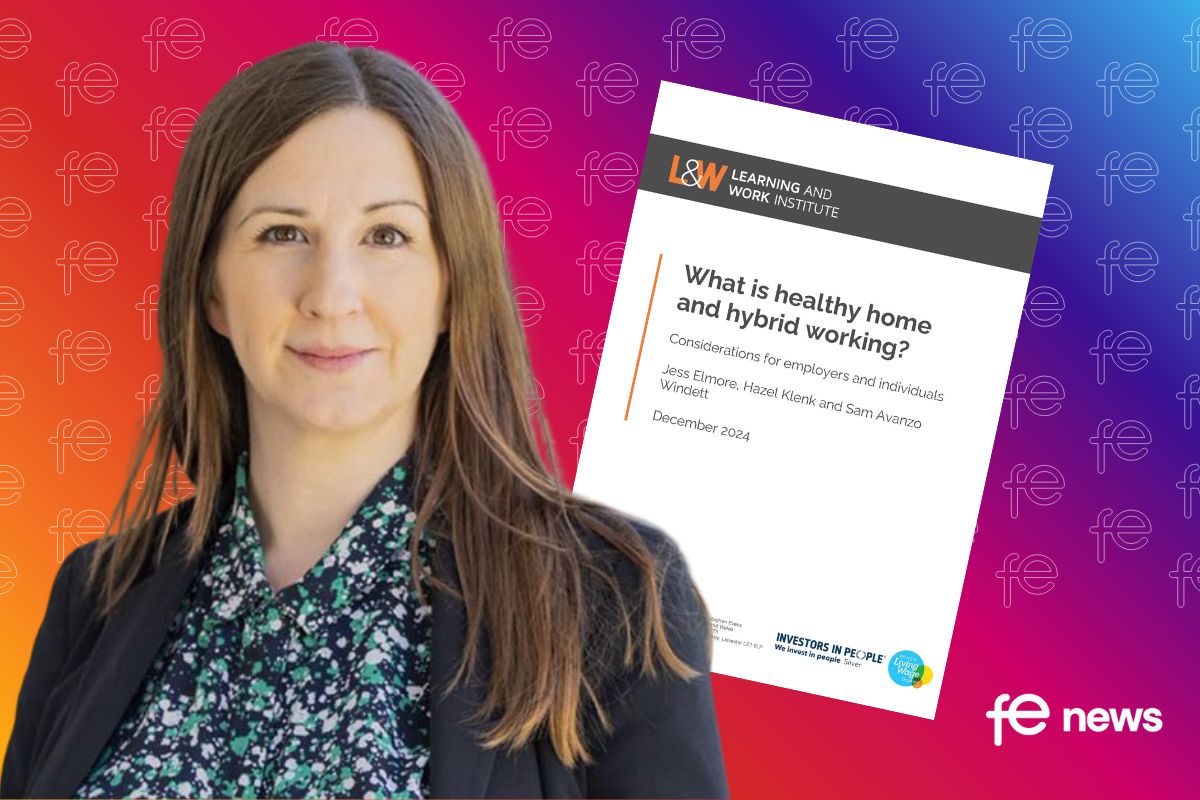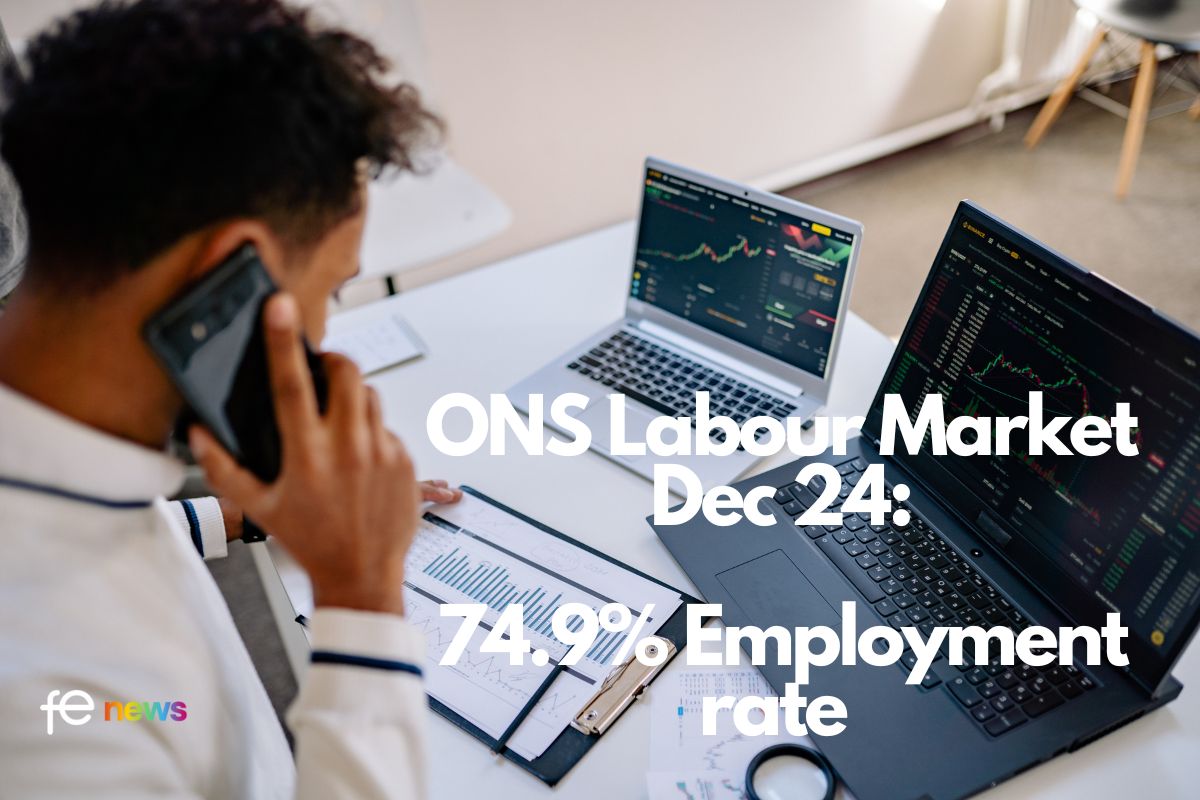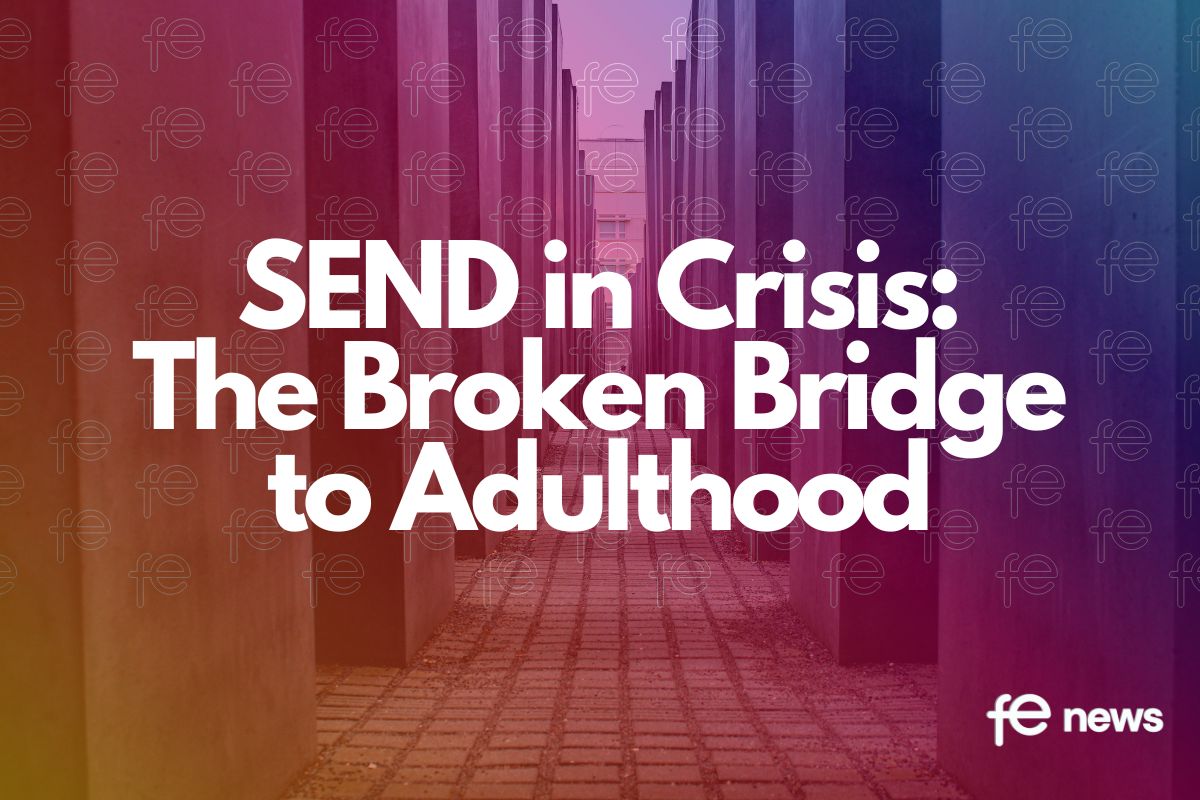Mental Health: An Alert to the Post-16 Education World

We all have mental health, just as we have physical health. This will sometimes be good, sometimes poor; sometimes better, sometimes worse.
Understanding this, and that there are well-known risks to our mental health, and evidenced ways to protect and support it, is important for governments and institutions with an interest in supporting human beings to thrive.
Research shows that people’s likelihood of developing mental health problems is not distributed equally. It is affected by the social, economic and familial context in which we are born, grow up, study, work and live.
Known risk factors for poor mental health, in childhood and adulthood, include: violence and abuse, the stigma and discrimination that can be linked to living with a characteristic protected under the Equality Act 2010, poor housing, unemployment, poverty, debt, and having a long-term physical health condition (Mental Health Foundation, 2020; Mental Health Policy Group 2019).
Prevalence of mental health problems and distress
Mental health problems are one of the largest causes of disability (NHS England, 2016) and sickness absence (Stevenson-Farmer Review, 2017) in the UK. Before the pandemic, population mental health was already in a critical state, affecting one in five mothers during pregnancy or in their baby’s first year (Centre for Mental Health & LSE, 2019), one in eight children and young people aged 5-19 (NHS Digital, 2018), and one in six adults (McManus S et al, 2016).
The most recent prevalence study (McManus, S et al, 2016) found that women (19%) are more likely than men (12%) to meet the criteria for common mental disorders (CMD) such as anxiety and depression, and more women than men also reported severe CMD symptoms – 10% compared to 6% of men. Since 2007, there have been increases in CMD symptoms in late mid-life men and women (aged 55 to 64). Most mental health problems were more common in people living alone, in poor physical health, and not employed.
Only one in three adults aged 16-74 with such conditions were accessing mental health treatment. They were most likely to be female, White British and in mid-life. People with particularly low treatment rates included Black/Black British people, and those most likely to have unmet treatment requests were young, and people living in low-income households. About half of people with CMD and an unmet treatment request were not receiving any other type of treatment when surveyed.
Self-harm increased across all age groups between 2000 and 2014, but increased most among young women aged 16-24, who also had high rates of CMD and positive screening for post-traumatic stress disorder (PTSD) and bipolar disorder.
The latest suicide statistics (2018) showed a significant increase in suicide in the UK for the first time since 2013, for both men and women. Suicide rates among young men aged 20-24 increased by 30%, and the suicide rate for young females is now at its highest rate on record (Samaritans, 2019). Research has identified bereavement, abuse, neglect, self-harm, mental or physical ill health, and experiencing academic pressures as just some of the common risk factors for suicide among young people (National Confidential Inquiry into Suicide and Homicide 2017).
The impact of the Covid-19 pandemic on mental health
We know that economic recessions pose a risk to mental health and are linked to higher rates of suicide (Oyesanya M et al, 2015). The Institute for Fiscal Studies has cited estimates that if the economic effects of the virus are similar to the downturn following the 2008 financial crisis, about half a million more people will experience a mental health difficulty over the next year (IFS, April 2020); further waves of Covid-19 will increase this number, and the mental health effects will last even longer.
According to the IFS, mental health in the UK during the pandemic has worsened by 8.1% on average, and by much more for young adults and for women (IFS, 10 June 2020). It has also found that the worst economic outcomes are for those experiencing severe shocks but without mechanisms to mitigate them, such as single parents, those in the lowest education groups and ethnic minorities (IFS, 4 June 2020).
The Foundation’s ‘Coronavirus: Mental Health in the Pandemic study’ is finding that single parents, unemployed people, young adults, people with long-term disabling health conditions, and people with pre-existing mental health conditions have been more likely to report mental distress than the population as a whole.
Educational Attainment and Mental Health
Lower educational achievement, such as lower literacy levels, are also associated with mental health problems in adulthood (Parsons & Bynner, 2008). Similarly, dropping out of education has been associated with substance misuse, mood disorders and suicidal ideation (Esch, P et al, 2014). In this context, the World Health Organisation (WHO) has identified several risk factors for mental health including: failure to provide an appropriate environment to support attendance and learning; inadequate or inappropriate provision of education to assist those needing additional support, and academic failure (WHO, 2005).
A key point of educational vulnerability is transitions, from one place of learning to another, which some students find difficult to cope with. Adoption UK’s Better Futures report found that a third of adopted young people who started a college course within one year of leaving school were unable to complete it. A similar proportion were not in education, employment or training (NEET) at some point between the ages of 16 and 24 – three times the national average.
More than half of those surveyed (all aged 16-plus), said they lacked confidence about their academic ability while at college. More than half of them found the college environment overwhelming, even threatening; while there, the majority had neither a mentor or key worker, nor access to counselling or wellbeing services.
Children and young people with learning disabilities are more than four times more likely to have a mental health problem, and frequently experience difficulties with transitions in their care and their education (Children and Young People’s Mental Health Coalition, 2019).
Issues for Post-16 Policy Makers
Education providers need to understand that good mental health contributes to better educational outcomes.
Poor mental health can affect students’ ability to learn, and treatment is not the only answer. We also need a strong focus on prevention: tackling the causes of poor mental health and responding to problems much sooner, before they become disabling and severe. While learning can be very positive for mental wellbeing and later employment, it can also worsen mental health problems, and sometimes cause them.
The education system should maximise students’ wellbeing and resilience and minimise risks. The DfE should review how the current post-16 system supports or undermines wellbeing for all children and young people, including those with learning disabilities and autism (e.g. considering how children are tested), and make changes where indicated.
Every student in school, further and higher education should receive appropriate mental health literacy lessons at each stage of their education and have access to early support through their education provider.
All providers should adopt a ‘whole school/college/ university’ approach to mental health, including mental health training for staff, something many lack (Mental Health Foundation, 2018; Education and Training Foundation, 2018). The Open University has developed a micro-credential for education professionals on embedding mental health in the curriculum and designing appropriate learning activities that are conducive to students’ mental health.
The DfE should develop guidance for post-16 education providers on providing trauma-informed approaches to support young people returning to education settings post-pandemic who may have been bereaved or had other very difficult experiences during the lockdown. This is important for both their mental health and their learning.
We urgently need to build a workforce that reflects the diversity of people who use services, and action to create a psychologically-informed NHS workforce able to provide people with whole-person care. Action is needed to consider how new roles can bring people with relevant skills into the sector, especially peer support workers, employment specialists, and care navigators. The Interim NHS People Plan was published in June 2019. The final plan is expected in autumn 2020.
Lucy Thorpe, Head of Policy, Mental Health Foundation
‘Revolutionary Forces‘
In the immediate aftermath of the Covid-19 pandemic, it is easy to forget that there were wider revolutionary forces at work on the UK’s economy before the virus outbreak.
With issues such as Brexit, the rise of automation in the workplace, longer working lives, and poor UK productivity brought into even sharper focus, education and skills organisations, NCFE and Campaign for Learning (CfL), jointly commissioned the ‘Revolutionary Forces’ discussion paper.
Published on 6 July 2020, the collection of articles, penned by experts from the FE sector, as well as labour market economics, employment and mental health, urges Government to ensure that the plans outlined in the forthcoming post-16 white paper are sufficiently flexible to meet the immense changes faced by the UK economy throughout the 2020s. The authors explore some of the key challenges facing the nation throughout the 2020s which the DfE needs to take into consideration when writing their recommendations:
The authors are:
- Rt Hon. David Laws, Executive Chairman, Education Policy Institute – Covid-19: Mending the Economy, Repairing the Public Finances
- Paul Nowak, TUC – The Covid-19 Inheritance: Building a Fairer and Greener Britain
- Ewart Keep, Oxford University – Covid-19 and Brexit: The Impact on Industry, Jobs and Skills
- Duncan Brown, Emsi UK – Declining Sectors and Growing Sectors Post Covid-19
- Kathleen Henehan, Research and Policy Analyst, the Resolution Foundation – Low Pay, Flexi-Jobs and Skills-Based Immigration
- Andy Durman, Managing Director, Emsi UK – Automation, Covid-19 and the Future of Jobs
- Stephen Evans, Chief Executive, Learning and Work Institute – Looming Mass Unemployment
- Julian Gravatt, Deputy Chief Executive, Association of Colleges (AoC) – The Demographic Upswing: More 16-24 Year OldsThe Demographic Upswing: More 16-24 Year Olds











Responses